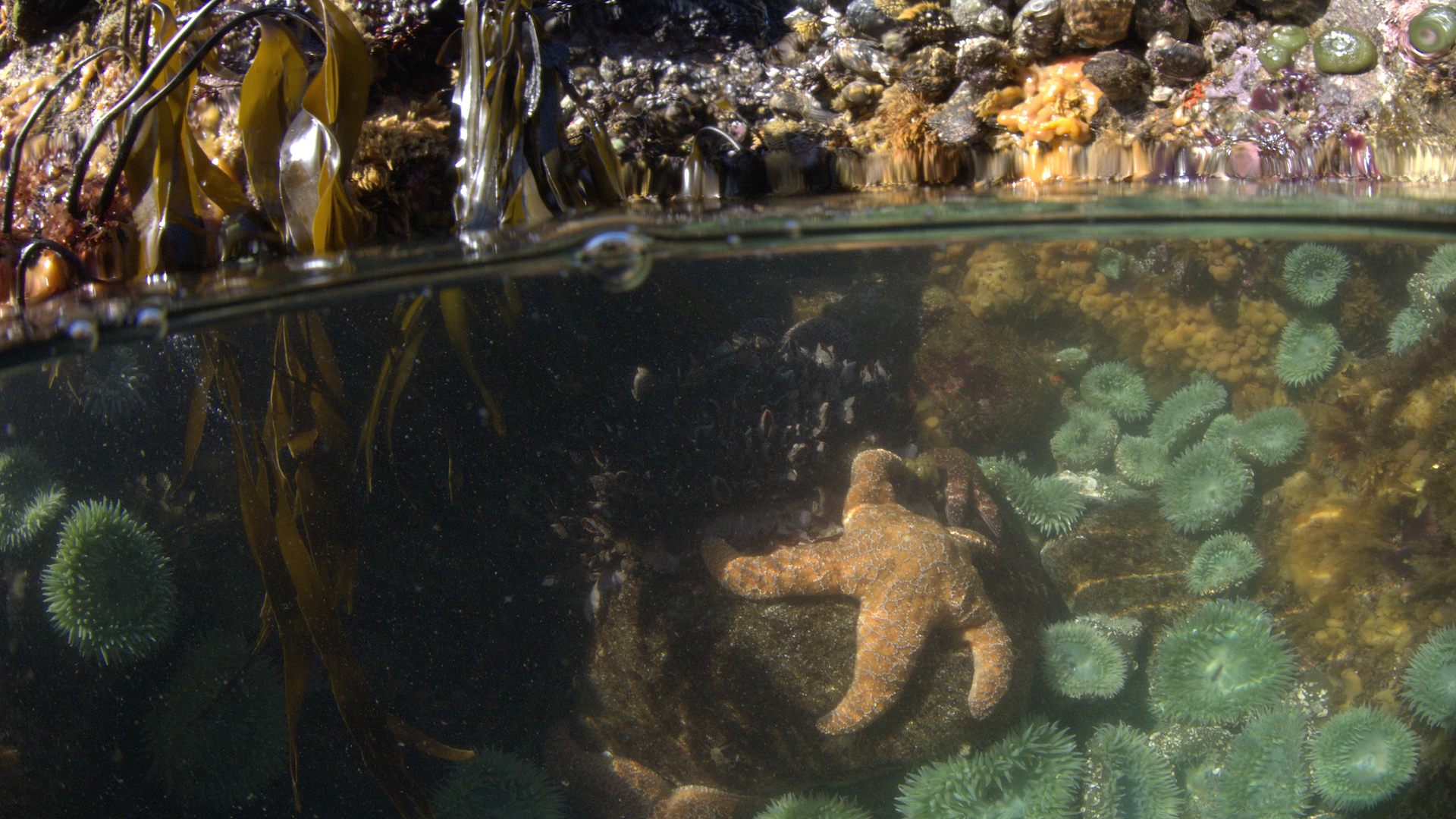Ecosystems are made up of hundreds—often thousands—of plant and animal species in constant interaction. The relationships between these species and their environment take many shapes: predators hunting and feeding on prey, animals distributing seeds or other nutrients, and even ‘engineers’ that modify the landscape around them.
Over decades of study, ecologists have learned that the balance of these ecosystems is regulated by the interactions that define it—and in many cases, they have observed how certain, key species play outsized role in keeping their ecosystems diverse and stable. These species are known as keystones, a term that comes from the “keystone” at the apex of an arch that supports the structure and prevents the arch from collapsing.
Examples include predators such as grey wolves and sea stars—their appetites act directly as “top-down” regulators of the abundance of prey, and indirectly on the abundance of what their prey consumes.
Keystone species also include creatures whose actions support community diversity, from pollinators such as hummingbirds and bees to ecosystem engineers like oysters and beavers. When a community loses its keystone species, diversity collapses. When keystones are restored, diversity and abundance may return.
